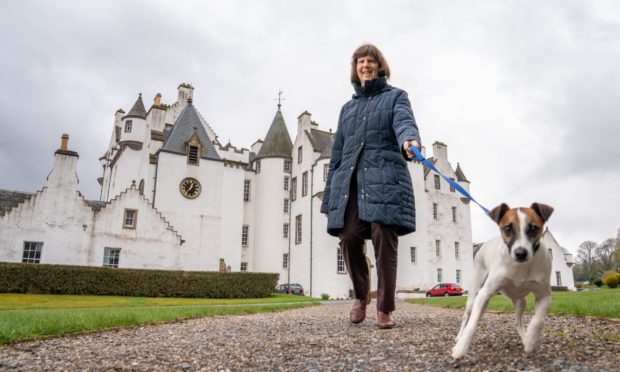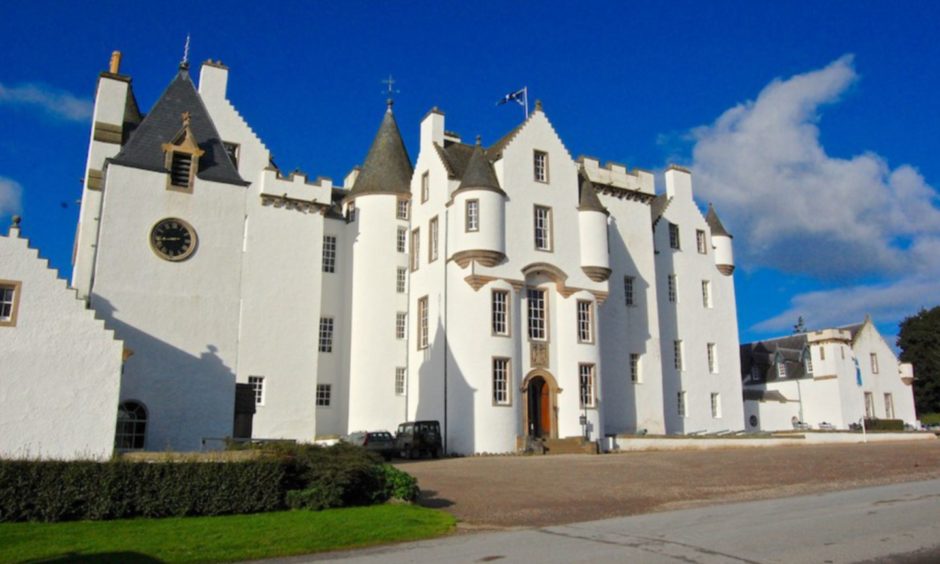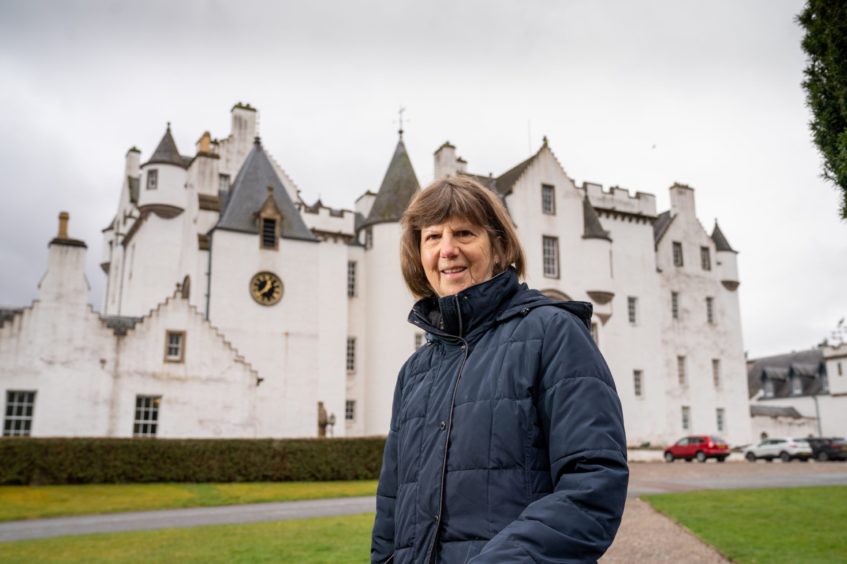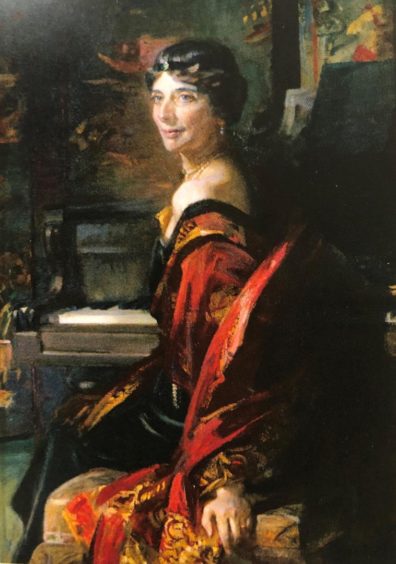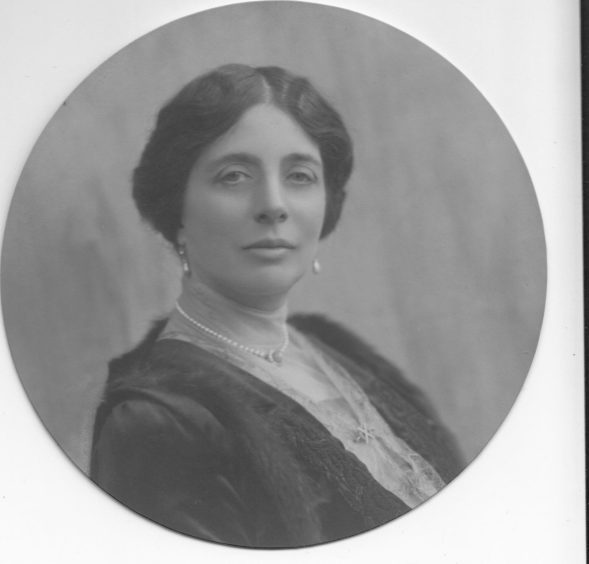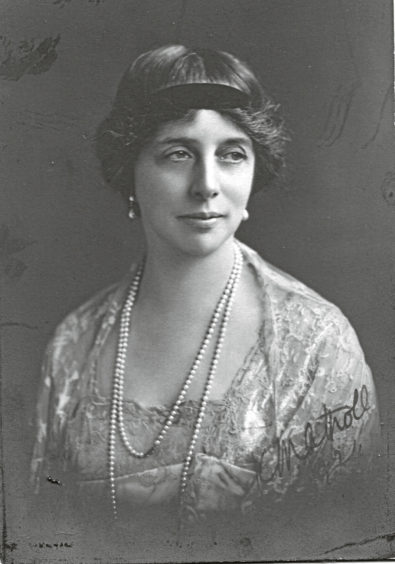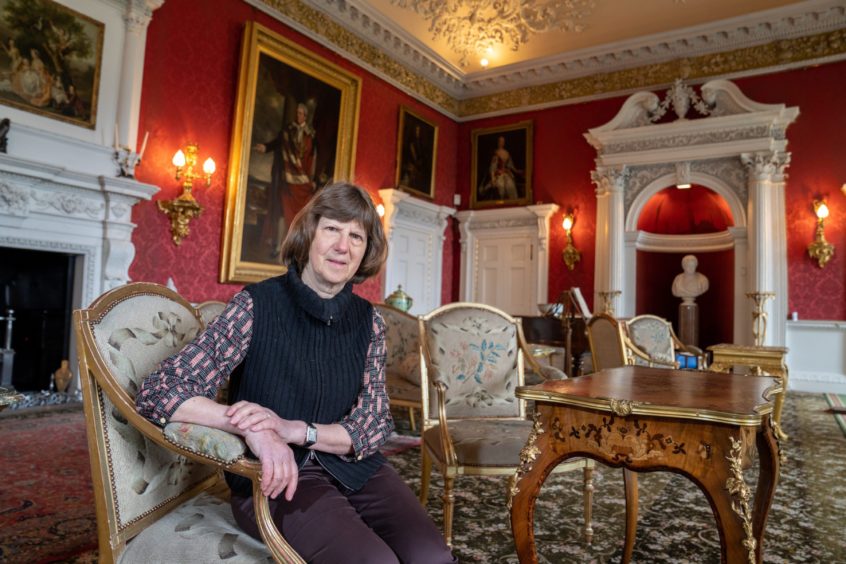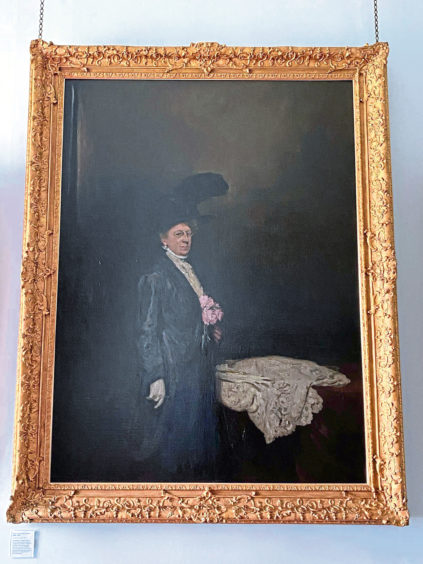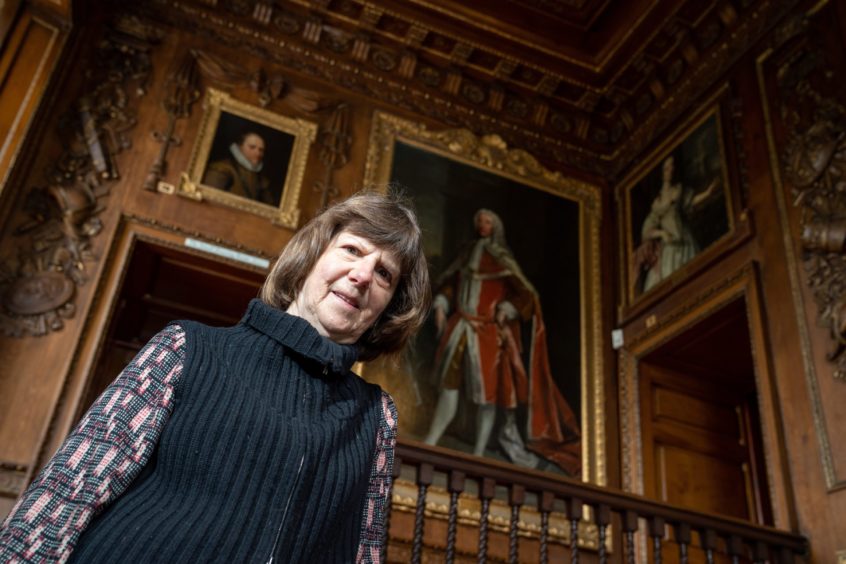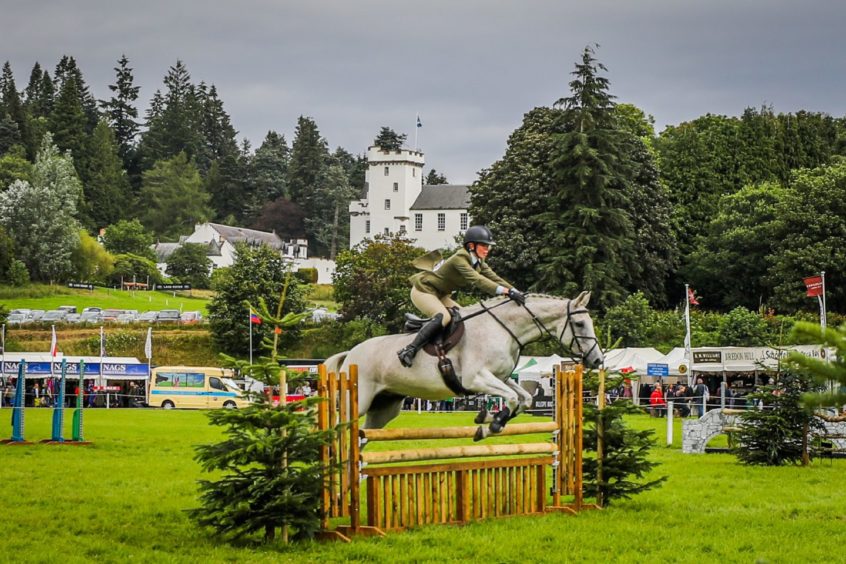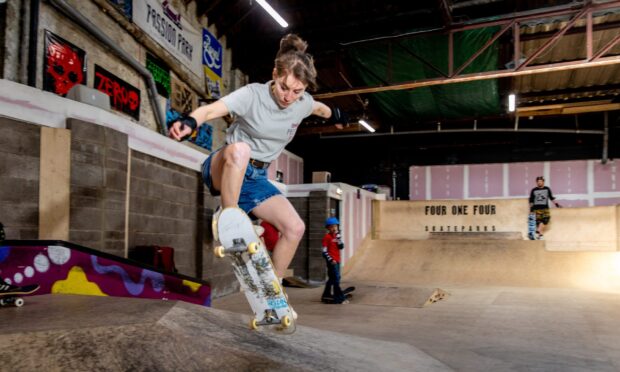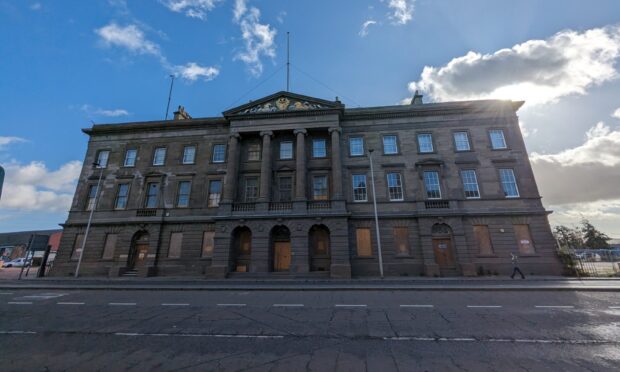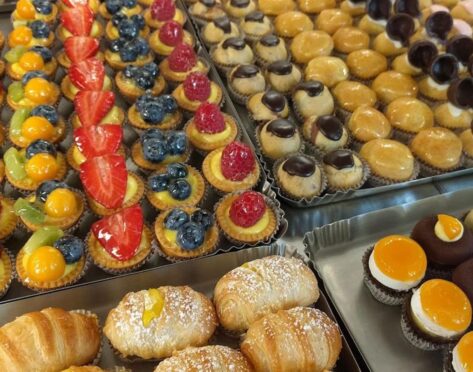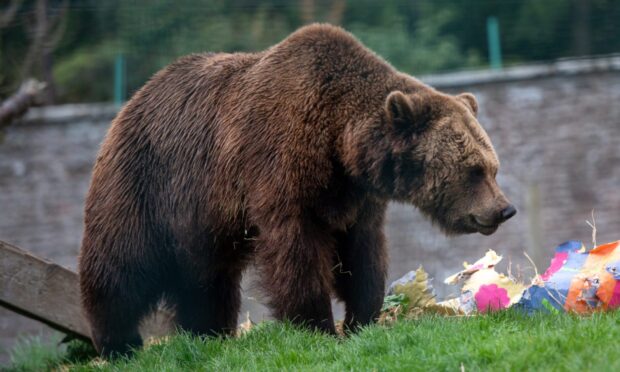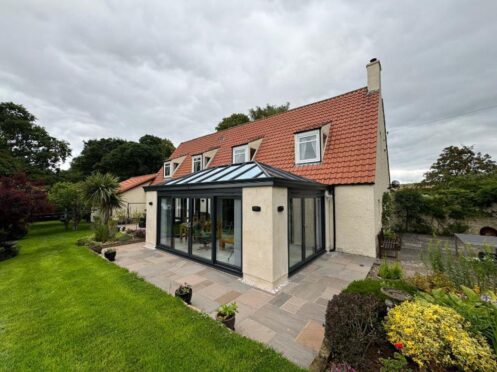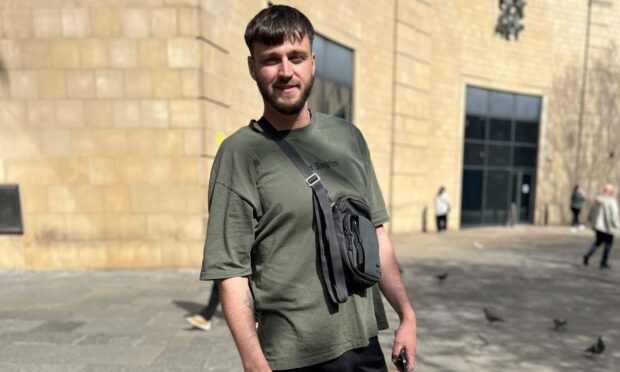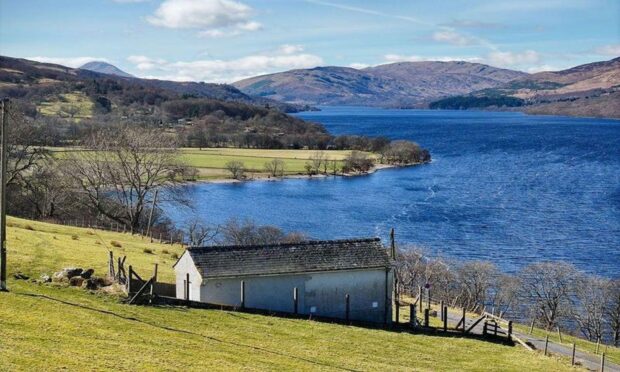The reopening of Blair Castle marks another chapter in a remarkable story of survival and change through history – and much of that is due to women who have guided its fortunes, as Gayle Ritchie reports.
Behind every great man is a great woman. It’s a saying that applies strongly to the generations of brave, bold pioneering women of Blair Castle who have steered the home of the Murray clan through challenging times.
From crippling debts and world wars to crumbling infrastructure and the current pandemic, it’s been women who have secured the castle’s place in history and assured its future.
The picturesque white turreted ancestral home of the Dukes of Atholl, the castle dates back to the 13th Century. Its illustrious visitors over the years include Queen Victoria, Robert Burns, Mary Queen of Scots and Bonnie Prince Charlie, to name but a few.
For a castle that owes much to the dowry of one woman – Lady Amelia Stanley in the 18th Century – and its fortune to the hard work of generations of strong women, it’s fitting that its reopening is being led by another woman.
After months of closure, Sarah Troughton, the senior trustee and director of the Atholl Estates, is excited to see the castle and grounds open again – and hopes some of the hotly anticipated annual events will go ahead.
Sarah’s mother, great-grandmother and a duchess all provide a family lineage of business acumen, good sense and community-mindedness that ensure the castle and its historic treasures remain open and accessible to the public today.
“I think a lot of the story begins with Lady Amelia Stanley,” reflects Sarah.
“She married the 1st marquess of Atholl, and through her, the title of the barony of Strange was inherited.
“With this title came the wonderful gift of the Isle of Man.
“Between the mid-18th Century and the next 100 years or so, the sovereignty, customs and excise duty and land were sold and that is what paid for all the developments at Blair – for an enlarged castle, landscaping, tree planting and for the dukes having quite a fabulous lifestyle.”
Sarah says a portrait of Lady Amelia hanging in the castle shows her to be “pretty and sweet” – in contrast to the painting of her husband, the marquess, in full Roman battle dress, a “stylish thing to wear” at the time.
Meanwhile, another ancestor, Katharine Murray, was Scotland’s first female MP and the 8th duke’s wife.
She took her seat in Westminster, representing Kinross and West Perthshire, in 1923.
The firebrand politician, known as Duchess Kitty, embarked upon her political career despite having been a vocal opponent of women’s suffrage in earlier years.
In 1913 she was appointed vice-president of the branch of the Anti-Suffrage League, based in Dundee.
Born Katharine Ramsay, she became the Duchess of Atholl in 1917 – 18 years after marrying the heir John Stewart-Murray, also known as Lord Tullibardine, or “Bardie”.
Not short on courage, she travelled to Gallipoli during the First World War with her husband and tended injured troops in hospital.
As the war continued, the couple returned to Scotland and Kitty opened up Blair Castle’s ballroom and the north wing as a convalescent home.
Despite being hugely influential, Kitty was no stranger to controversy, her views often opposing that of her party, the Scottish Unionists.
By 1920 she was on 25 local committees, which led her into politics and a principled stand alongside Churchill in her condemnation and fear of the rise of Nazism in Germany.
She voted against her female peers on the subject of lowering the age that women could vote to 21, and later in her career was forced to leave the party and stand as an independent candidate due to feeling so strongly against the appeasement of Adolf Hitler.
Kitty was also an adventurer, travelling to Valencia, Barcelona and Madrid in 1937 to see the effects of the Spanish Civil War – witnessing the impact of Luftwaffe bombing and visiting prisoners of war.
A talented musician and a keen composer, she set music to accompany the poetry of Robert Louis Stevenson and wrote the melody ‘The Scottish Horse’ to be played on bagpipes.
At home, she immersed herself in education and health projects, supporting numerous children’s charities.
Meanwhile, Sarah’s great-grandmother, the Viscountess Cowdray, saved Blair Castle from bankruptcy in 1932.
She bought it for the sum of its debts from the 8th Duke of Atholl who, while a formidable soldier and noted military strategist during the First World War, was hopeless at running the estate.
The stock market crash of 1929 and huge death duties left Blair Castle in a precarious state.
It took the viscountess two years to negotiate the deal, which would mean that her grand-daughter, Angela Pearson, who was engaged to the duke-apparent, Anthony, would have a family home.
Under the terms of the purchase, the estate would be run by the viscountess’s business advisers, and four years later, the castle was opened to the public – the first privately owned estate to open its doors in this way.
Duchess Kitty and Viscountess Cowdray forged a path that Angela Pearson – Sarah’s mother – followed.
The Second World War had challenged the convention for women to remain housewives and with her son, Iain, set to become the 10th Duke of Atholl, Angela took direct control of the family business.
On the Atholl Estate her legacy is seen in the buildings which she worked tirelessly to restore and modernise.
“Viscountess Cowdray was an ambitious wife and prominent liberal,” says Sarah.
“She had married into the successful Pearson family business and was very diligent about fulfilling the duties that her position in life merited. It was all about hard work.
“She could be very stern, but was wonderful, and by all accounts could also be tremendous fun.
“She was no match really for the 8th duke, who had plenty of charm and everyone adored him, but no head for business.
“Viscountess Cowdray and her husband worked as a team. She ensured the family life was up to scratch and that they had the right sort of estate. They even bought an English chain of newspapers, the Westminster Press, to support the Liberal party.
“Meanwhile Kitty was a remarkable woman and clearly had strong opinions. It is her sense of community that resonates most in the castle today.”
In Sarah’s mother, Angela, Blair Castle had a woman with a strong social conscience and a head for finance.
After the war, she made a huge contribution to the renovation of the estate cottages, many of which had no running water.
Sarah is hugely excited about reopening (the castle opened on April 28) and can’t wait to share her home and its grounds with visitors.
“It’s a team effort and I love being involved,” she says.
“As soon as someone enters the property, the person on the gate has to have a smile on their face.
“The person in the shop needs to stock it with nice things that people might want to buy. It’s a much bigger thing than just me.
“There’s a genuine estate spirit and ordinarily we all pull together to organise events, but without any of that over the past year, it has felt quite a lonely place.
“It’s a team effort and I love being involved.”
Sarah Troughton
“The months of closure during the pandemic gave us all time to reflect on how the castle is set up for visitors.
“I’ve lived in it on and off all my life and it’s important to me that it retains its authenticity.
“I want the visitor to see not only the castle’s place in history, but also its role as a home, where everything in it was bought for a personal reason.
“I hope the castle tour takes visitors into the lives of people who lived here, including, of course, the wonderful women who helped to steer it to this point.”
Sarah hopes the internationally famous Blair Horse Trials will go ahead later in the year but she’s not 100% sure.
“The feeling in the horse world is that events will run but spectators may have to be limited.
“It’ll mean there’s a limit to how many tickets we can sell but we really hope it will go ahead. Without spectators the fun will be gone!”
The other big event is the Atholl Highlander Gathering, which was cancelled in 2020.
The Highland Games element has had to be cancelled again but there are hopes the parade can go ahead towards the end of the year.
“It’s nice to reopen with a celebration of women and for me, the fact that women run the place is perfectly normal and one of the more modern aspects of the castle.”
- For more information, see blair-castle.co.uk
